Those who rant against Big Government interference in the supposedly free market workings of the capitalist system are either delusional or cynically self-serving. Without the safeguards that governments at all levels have put in place to protect our health, personal safety, financial resources, and quality of life, we would be left to the not-so-tender mercies of those who would victimize us in the pursuit of their own interests, regardless of the consequences for the rest of us.
Leaving aside such obvious local measures covering public safety and fire protection, would the deregulation zealots seriously propose eliminating zoning laws that prevent an incinerator, slaughter house or strip club operating in your neighborhood or would they dispense with inspections of the restaurants where they eat? At the state level, should we simply disregard insurance company abuses and investment scams? And what about the federal level? Just forget about food, drug and workplace safety? Let the buyers beware when they buy airline tickets and let the chips fall where they may if anything goes wrong?
The free market alternative to government regulation of the airline industry is for passengers to select -- among other considerations, including cost -- the airline that is least likely to cut corners in maintenance and operations in the pursuit of profit. This is ludicrous, of course, since there is no way for the average air passenger to acquire this information. In practice, we all implicitly rely on government to take all reasonable measures to ensure that we can fly with a high level of confidence that we will reach our destination safely.
The airline industry provides an interesting example of the essential role of government regulation -- largely invisible to the public -- in ensuring our safety. Beginning in the 1980s, the airlines were freed from most government constraints on fares, routes, and the entry of new competitors. However, fortunately for the burgeoning numbers of air passengers that resulted, safety regulations and government-supported research and development continued. Thanks to these efforts, the U. S. commercial airline industry has achieved a remarkable safety record during recent years, going for unprecedented periods of time without a single fatality. As science writer and media expert Steven Johnson puts it in Future Perfect: The Case for Progress in a Networked Age:
A two-year stretch with zero fatalities was statistically speaking a remarkable feat. Only one time since 1958 had the industry managed to make it through one year without a fatal accident. But the safety record was part of a long-term trend: in the post 9/11 period, chances of dying on a commercial flight were 19 in one billion, an almost 100 percent improvement over the already excellent odds... in the 1990s.
This amazing safety record did not happen by chance or as a result of the self-regulation of the airlines. It occurred because of proactive government action. The so-called "Miracle on the Hudson" that occurred a couple of years ago illustrates this point very well. US Airlines flight 1549, taking off from LaGuardia Airport in New York, ran into a flock of Canada geese which disabled both of its engines but the pilot was able to land the plane on the Hudson River without any loss of life. The media offered two narratives: 1) the pilot, Captain Chesley Sullenberger, was a superhero, or 2) it was simply a miracle. Without doubt, the pilot demonstrated remarkable skill and judgment in bringing the plane and all aboard safely down under extraordinary circumstances and fully deserves the praise that he received. What is not widely known is the complex set of factors that helped the pilot do his job so effectively.
First of all, let's consider the chicken gun. Bird collisions with aircraft are pretty common occurrences and the main danger they present to most jets is being sucked into one or more engines and seriously damaging them. This is what happened to flight 1549. What did not happen was a fire or the disintegration of the fan blades and their penetration of the fuselage, either of which would have been catastrophic. And, how was this prevented? Well, it turns out that all commercial jet engines undergo exhaustive research and development at Arnold Air Force Base in Tennessee, designed to prevent catastrophic outcomes when they ingest large birds. Part of this process involves firing chicken carcasses at high velocity into spinning jet engines. Johnson explains the significance of this process:
The chicken gun, it should be noted, is an exemplary case of government regulation. Those dead birds being shot out of a pneumatic cannon are Your Tax Dollars at Work. For the passengers flying on US Airways 1549, those tax dollars turned out to be very well spent. Neither engine disintegrated, neither one propelled shards of titanium into the fuselage, neither engine caught fire.
As it happened, the rigorous research and development done with the chicken gun resulted in another benefit for flight 1549, its pilot, and all on board. The left engine continued to rotate and produce enough power to keep the plane's fly-by-wire system up and running. Initially developed by NASA and subsequently refined through a couple of decades of R&D, the fly-by-wire system provides real-time computerized assistance to pilots, setting goals and parameters for their actions in the cockpit. Johnson concedes that:
It is an open question whether Sullenberger would have been able to land the plane safely without all that additional knowledge at his service. But, fortunately for the passengers of flight 1549, they didn't have to answer that question.
So, let's put an end to all the anti-Big Government, anti-regulation nonsense. Government, at all levels, has our back -- and we need it there.